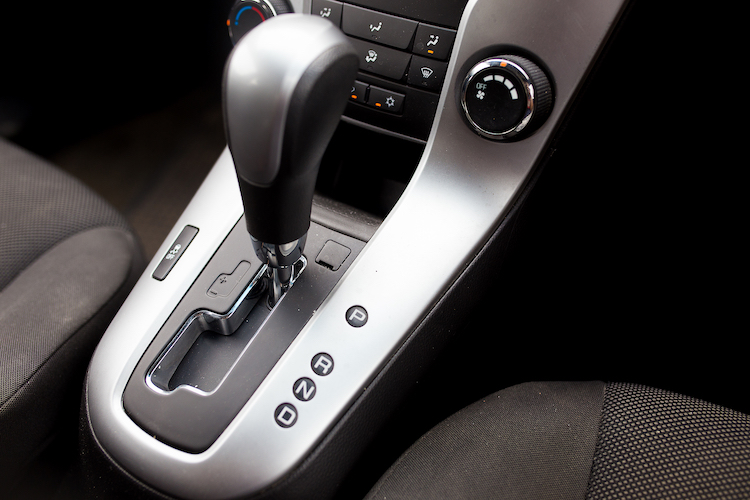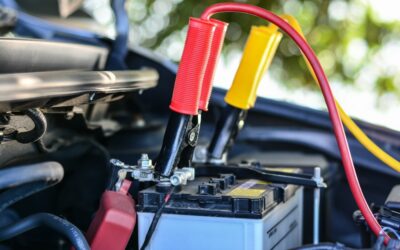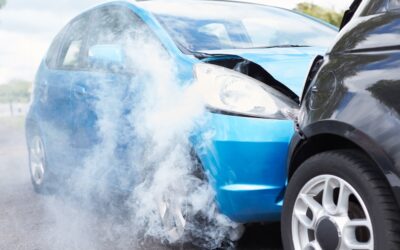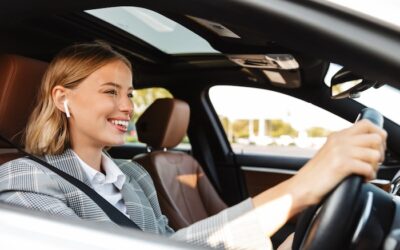If you’re thinking about starting driving lessons, you might be wondering: Should I learn to drive a manual car, or an automatic car?
For an idea of which type of car might be best for you, read our guide to the key differences between manual cars and automatic cars.
In this post we’ll take a closer look at what it’s actually like to drive an automatic car. How do they handle? And will they make it any easier to pass your test?
Learning to Drive an Automatic Car
In many ways, learning to drive in an automatic car is a very similar experience to learning to drive in a manual car. You’ll still have to take multiple driving lessons, and you’ll still have to pass both a theory test and a practical test before you get your licence.
The only differences are that you won’t have to learn about clutch control, gear changes, and which gear is best for which situation.
And because you won’t learn about these things, once you get your licence, you’ll only be qualified to drive automatic cars. Whereas, if you get a manual licence, you’ll be qualified to drive both manual and automatic cars.
Tips on Driving an Automatic Car
There’s no denying that driving an automatic car can be a lot easier than driving a manual car – particularly if you’re completely new to driving.
Here are some tips on driving an automatic car:
Know Your Pedals
A manual car has three pedals. They are, from right to left, the accelerator, the brake, and the clutch.
An automatic car only has two pedals – the brake on the left, and the accelerator on the right. This means you drive an automatic car with just your right foot. Your left foot is usually placed flat on the floor.
Never press both pedals at the same time, as this could really damage the engine.
Know Your Gears
Automatic cars have gears just like a manual car. The difference is that the car will handle most gear changes itself.
Automatic cars also have a gearstick but rather than letting you choose the gear, this gearstick will instead let you choose from one of four driving modes:
- P for Park (this locks the wheels, so it’s the setting to choose when you’ll be stopped for a while, such as at the end of your journey).
- R for Reverse.
- N for Neutral (for when you’ll be stopped for more than a few seconds, such as at a traffic light, or in a traffic jam).
- D for Drive.
Other Gears
Some automatic cars might have an extra driving mode, usually designed for driving at higher speeds. This might be labelled S, for Sport. Some may also have special modes designed for certain seasons and settings, such as winter and snow.
Certain models might also have options on the gearstick that will keep the car in first or second gear. These settings are useful if you’re travelling uphill or downhill. They’ll also give you more control in confined environments like traffic jams and car parks. Though as we’ll explain below, there’s a way to drive an automatic car slowly and with enhanced control, even if you don’t have these settings on your gearstick.
But in most cases, you’ll only have four modes to choose from.
Driving an Automatic Car – Getting Started
Here’s the process for setting out in most automatic cars:
- Turn on the ignition whilst your foot is pressed on the brake
- Move the gearstick to D (for drive) if you want to go forward, or to R (for reverse) if you want to go backwards.
- Check that the coast is clear, then release the handbrake.
- It’s then simply a case of using the accelerator when you want to speed up, and the brake when you want to slow down, or stop. Your car will automatically choose the best gear for your speed and the road conditions.
Learning to Creep
In a manual car, you’ll eventually learn about clutch control, and about driving very slowly in first gear. It’s a necessary skill for moving through traffic, and for safely navigating environments like car parks.
As an automatic car has no clutch, there is no clutch control. But it’s still possible to move your car really slowly, to give you total control in certain driving conditions. It’s a technique called “creeping”.
Here’s how to “creep” in an automatic car:
- Stop your car and apply the handbrake.
- Put your foot down on the brake pedal.
- Switch to D if you want to creep forward, or R if you want to creep backwards.
- Gently ease your foot from the brake pedal at the same time as you release the handbrake.
Do this, and your car will begin to move slowly – forward if you’re in D, and backwards if you’re in R.
It’s a slightly advanced technique, but your driving instructor will help you to master it should you take automatic driving lessons.
Is It Easier to Pass an Automatic Driving Test?
Automatic drivers take the same test as learner drivers. The only difference is the type of car you drive.
The examiner will still give you a pass or a fail based on the number of major and minor mistakes you make during your test. You’ll still have to go through the “show me, tell me” questions, and you’ll still have to successfully perform driving manoeuvres.
You might argue that an automatic driving test is easier, because you don’t have to worry about the gears. However, whether you’re learning automatic or manual, your driving instructor won’t recommend you take your test until they feel you’re absolutely ready. So if you’re learning manual, by the time you take your test, you should be comfortable with the gears anyway.
So ultimately, passing an automatic driving test is no easier or harder than passing a manual driving test. It all depends on you!
How Many Automatic Driving Lessons to Pass?
According to the DVSA, the average learner will need 45 hours of driving lessons and a further 22 hours of practice outside of their lessons before they’re ready for their test.
Will automatic learners need fewer tests? Maybe. After all, almost all learners struggle with the clutch and gears at first. It does take a while to get used to gear changes and clutch control. And if you don’t need to worry about these in an automatic car, then perhaps you’ll need fewer lessons overall.
However, it will still take you a while to build up your confidence behind the wheel. You’ll still have to learn to read road signs, road markings, and road conditions. And you’ll still have to learn to safely share the road with other users. So in short, don’t expect to get behind the wheel and feel ready for your test after just a handful of lessons. It is still going to take you a while to learn how to drive.
Don’t Forget Insurance!
Whether you’re learning manual or automatic, the best way to build up your confidence as a driver is through getting some private driving practice outside of your structured lessons.
For this you’ll need a few things: a car to practice in, a person to supervise you, and learner car insurance.
At Insure 2 Drive, we offer affordable learner driver insurance to help first-time drivers get all the practice they need outside of lessons. Get in touch for more information.
